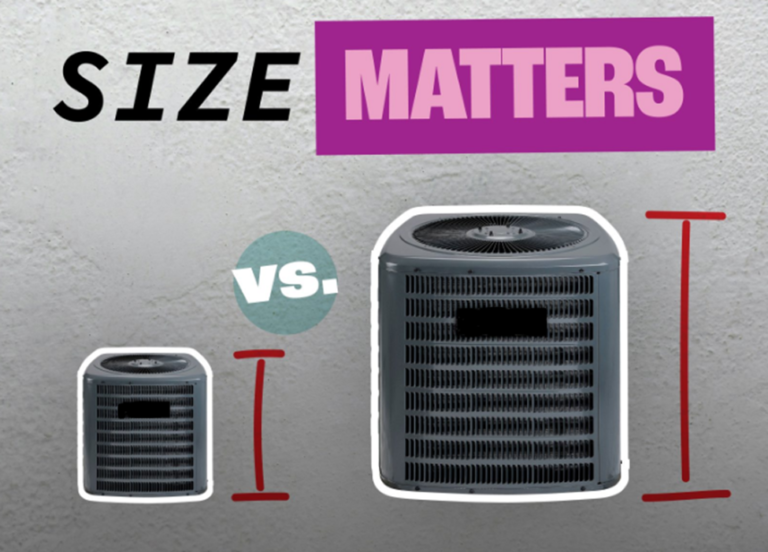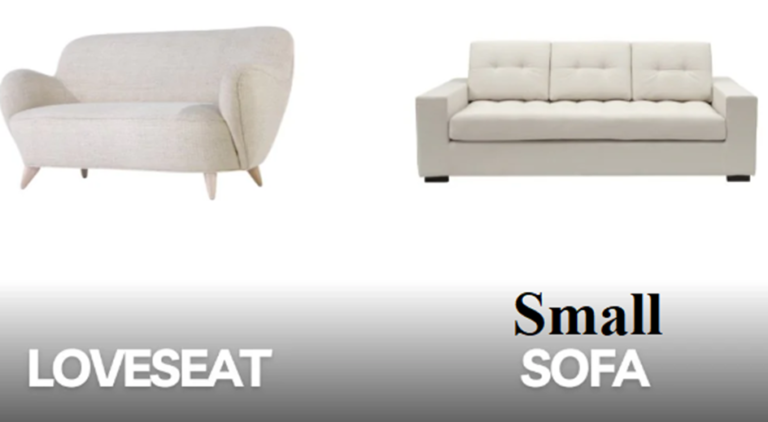Everything You Need to Know About Ductless Ventilation Systems
The modern approach to traditional home ventilation is ductless ventilation. Like traditional ventilations it doesn’t depend on ductwork. Ductless ventilation system uses small, wall mounted and special air circulation units. These ventilation systems provide flexibility and energy efficiency. In this article we will explore the working principle and advantages of ductless ventilations.

How Does a Ductless Ventilation System Work?
A ductless ventilation system consists of two main parts. It has an indoor unit and an outdoor compressor. These two parts are connected by a small conduit. The conduit contains power cables, refrigerant lines, and a drain. Air is drawn in, cooled or heated, and then distributed. Since there are no ducts, it is much more direct.
Installation Process for Ductless Systems
Installing a ductless ventilation system is simpler than ducted systems. No extensive ductwork is required, so installation time is reduced. A small hole is drilled in the wall for the conduit. The installer mounts the indoor unit high on the wall and places the outdoor compressor outside your home. Installation typically takes just one day.
Advantages of Ductless Ventilation Systems
One of the primary benefits is flexibility. Each room receives its own indoor unit. You can set the temperature in each space separately. This helps to prevent energy waste. Another benefit is improved air quality. Because there are no ducts, dust and allergies cannot move as quickly.
Energy Efficiency and Cost Savings
Ductless ventilation systems are renowned for their energy efficiency. Traditional ducted systems can waste energy due to leaks in the ductwork. Ductless systems circumvent this issue, resulting in increased efficiency. They also use innovative compressors that change according to demand. Resultantly they use very small energy to main the temperature.
Zoned Heating and Cooling
Zoning is another benefit of ductless systems. You can set different temperatures for different areas. Each room or zone has its own remote control. This is particularly useful for homes with varying comfort needs. You won’t waste energy heating or cooling rooms you don’t use. Zoned control is ideal for saving on energy bills.
Improved Air Quality
Traditional duct systems can trap dust, mold, and allergies. These toxins are then spread throughout your home. Ductless systems eliminate this problem. Multi-stage filtration systems are common features of these devices. These filters eliminate dust, pollen, and other particles. Cleaner air equals improved overall indoor air quality.
Quiet Operation
Ductless systems are substantially quieter than typical systems. The indoor units are designed to produce minimal noises. Outdoor compressors also run softly. This makes ductless systems excellent for bedrooms and living rooms. You can relax in a quiet area.
Minimal Maintenance Required
Maintaining a ductless system is relatively simple. Regular cleaning of the filters is necessary. This ensures proper airflow and efficiency. The outdoor compressor may need occasional cleaning, too. Unlike traditional duct systems, there’s no need for duct cleaning. Overall, ductless systems require less maintenance.
Compact and Space-Saving Design
Ductless systems are compact and take up less space. The interior units are small and installed on the walls. No heavy ductwork is necessary, which saves space in attics and basements. This makes them ideal for smaller homes and apartments. They’re also great for home extensions and remodeling.
Who Should Consider a Ductless Ventilation System?
Ductless systems are ideal for homes without existing ducting. Older homes, apartments, and expansions are typical candidates. They are also appropriate for households wishing to increase energy efficiency. Ductless systems allow you to have more control over the climate in your house. They are particularly helpful for persons with allergies or asthma because of the improved air quality.
Cost of Ductless Ventilation Systems
Ductless systems can be more expensive upfront than traditional systems. However, their energy efficiency can save you money over time. The cost depends on the number of indoor units required. The size of your home also affects the price. Installation costs are generally lower since there’s no ductwork involved.
Can a Ductless System Be Used Year-Round?
Yes, ductless systems can provide both heating and cooling to your home. Because of their dual functionality, they are commonly referred to as mini-split systems. They provide great cooling for home during the summer. In the winter, they provide heat, making them an adaptable alternative. They provide year-round comfort.
Environmental Impact of Ductless Systems
Ductless systems are environmentally friendly. They use less energy than traditional systems. This helps reduce your home’s carbon footprint. The refrigerants used are also less harmful to the environment. Many modern units meet energy efficiency standards, ensuring they are eco-friendly.
Conclusion
A ductless ventilation system provides a contemporary approach to home comfort. It removes the need for ducting, which simplifies installation. These systems offer greater energy efficiency, improved air quality, and zoning flexibility. They are ideal for homes without existing ducts or for those wishing to reduce energy costs. With quiet operation and minimal maintenance, ductless systems are a smart choice. They provide year-round comfort while being environmentally friendly. If you’re considering upgrading your home’s heating and cooling, a ductless system might be the perfect fit.
FAQ’s
What is the main benefit of a ductless ventilation system?
How does a ductless system work without ducts?
Can a ductless ventilation system heat and cool?
Are ductless systems more expensive to install?
Do ductless systems improve indoor air quality?






